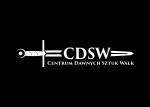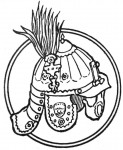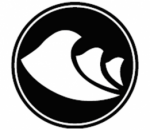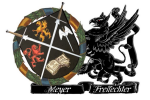Und ist hier woll zu mercken / daß man eben selbige lectiones auch machen könne gegen einen / der sich der Creutz-Hiebe gebrauchet /
welches fechten zwar von etlichen hoch gehalten wird / aber gantz nicht auß der Kunst / sondern vielmehr ein natürlich oder Polnisch fechten zu nennen.
Trans: (By Reinier Van Noort)
And here must be noted well that one can also make these same lessons against someone who uses the Cross-cuts, which fight is indeed held high by some, but is not at all from the art, but can much more be named a natural or POLISH fight.
This citation from Hennnings 1658 cut-fencing treatise is very important,as it underlines mot only the fact that at some point the Cross-cutting was recognized as Polish fencing, but as well it presents that it has been recognized and used wider.
Earlier it was a popular style of fencing which phenomenon is broader explained in the ehibition catalogue „To Arms!” which we invite You to read!
In early decades of 17th century there has been many treatises about cut fencing utilizing the cross-cutting mechanics. Currently we have more than 60 such techniques transcribed and slowly being translated. We are going to publish them in following weeks. Beneath the first ones from the Hans Schefferi of Marburg dating 1620.












